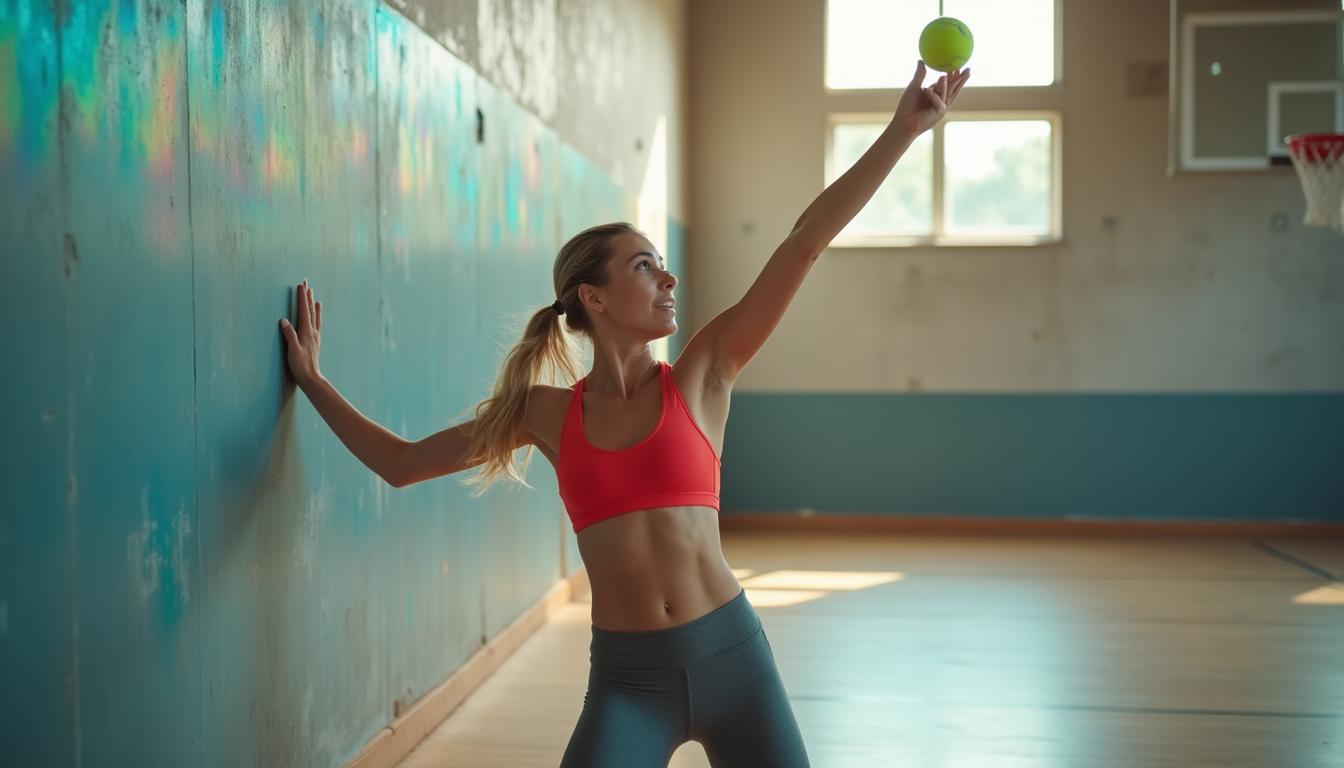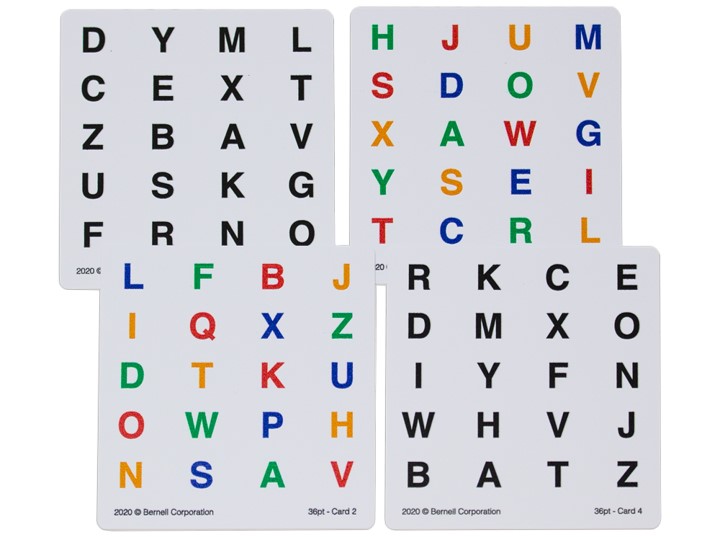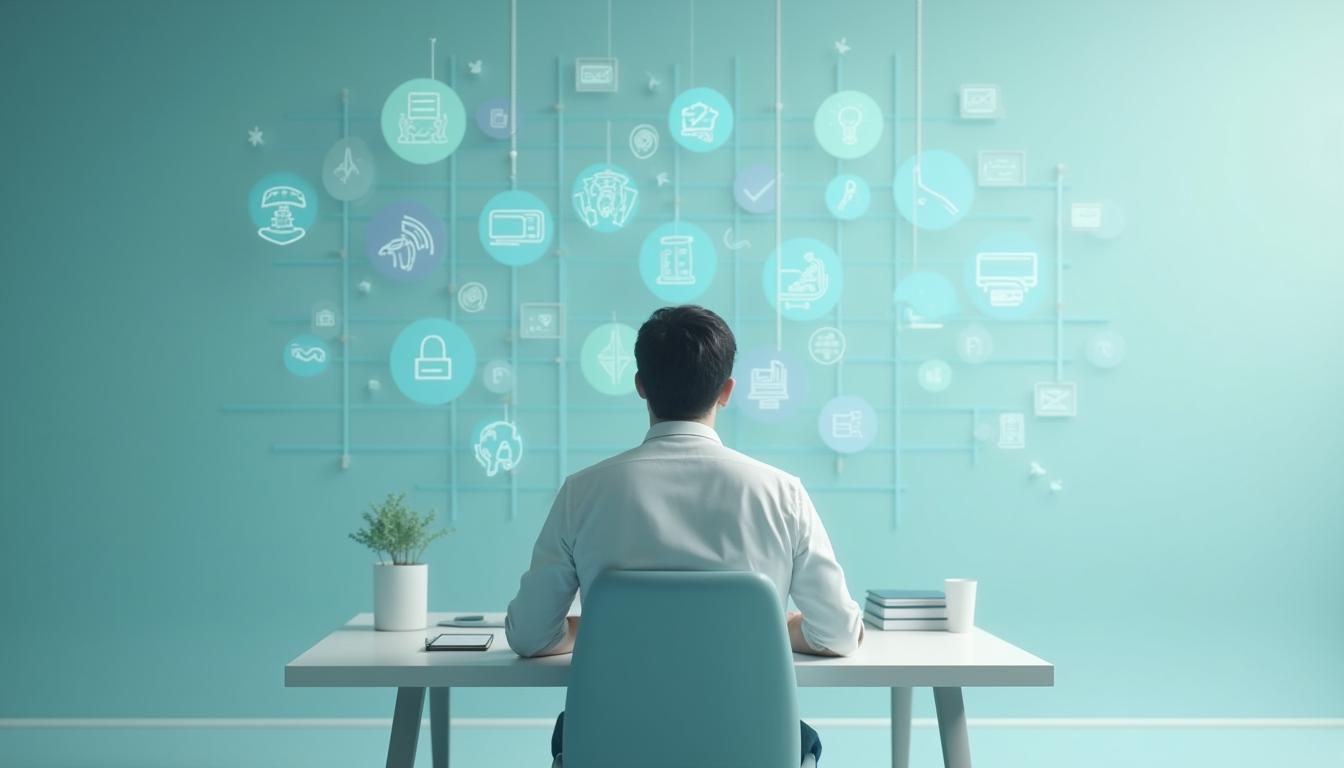Welcome to the Research and Strategy Services at in today's fast-paced.

Why Sports Vision Training Is More Neural Than Optical - Sports vision training isn't focused on enhancing visual acuity alone—it’s about reinforcing how your brain processes visual input, makes rapid decisions, and directs your body in response. This kind of training taps into neuroplasticity, the brain’s ability to rewire and adapt based on experience. By stimulating neural pathways that integrate vision, motion detection, and motor reaction, athletes can sharpen their game strategy and reaction time without altering the eyeballs.
Neuroscientific studies show that complex motor tasks—like juggling—can lead to measurable changes in gray and white matter, especially in areas related to motion vision and coordination. And systematic reviews confirm that vision training improves reaction time, hand‑eye coordination, peripheral awareness, decision‑making—and may even help prevent injuries like concussions.
Dr. Dan Laby—a leading sports‑vision specialist with decades of experience working with pro and Olympic athletes—emphasizes that "vision is more than eyesight": it’s about how swiftly and accurately the brain interprets visual cues under pressure.
A powerful, accessible drill that builds motion tracking, concentration, and neural connectivity. Research shows that learning to juggle with 3 balls increases gray‑matter density and white‑matter efficiency in brain regions tied to visual–motor processing.
Here is an overview by Dr. Dan Laby on why juggling transfers to sports performance.
Have a partner toss tennis balls unpredictably from different angles—use one or two hands, alternate sides, vary speeds. This hones visual reaction timing, peripheral awareness, and hand‑eye precision. It reflects the kind of drills favored by sports‑vision pros like Dr. Laby.
Here are some introductory drills with progressive skill difficulty.
Our eyes shift focus rapidly and constantly without us being aware (called saccades), but looking at the right place at the right time has been shown to clearly differentiate elite athletes from amateurs. This skill is trainable, and you can use letter or number charts to increase the efficiency of your focus.
Set up two charts (e.g., Hart charts) at eye‑level on opposite walls. Stand ~2 m between them and rapidly shift gaze between charts, reading letters as quickly and accurately as possible. This trains saccadic eye movements, boosting speed and focus.
You can download print your own charts and many other vision exercises on the Sports Vision Institute's resources page here.

Stand facing a wall. Without looking directly at it, bounce a ball against it while monitoring a second ball tossed from the side. Tracking one moving object while staying aware of another enhances split‑attention and perception of the periphery.
Alternatively you can work with someone else, as demonstrated here.
Visualization—also known as mental imagery—involves mentally simulating actions, strategies, or outcomes before performing them physically. This process powerfully primes the brain by activating the same neural pathways used during actual movement.
The brain treats vivid mental rehearsal similarly to physical execution. Neural circuits in motor control and planning regions—including the motor cortex, basal ganglia, and cerebellum—light up during imagery practice. This can invoke neuroplastic changes in the brain, and even improvements in physical abilities similar to actually working out.
Here are some widely-used techniques athletes rely on:
Whether you're a weekend warrior or training like a pro, these DIY drills are low-cost, instantly actionable ways to sharpen your neural visual systems.
And if you're ready to elevate your game further with scientifically validated sports-vision technology, check out NeuroTracker—a tool trusted and used by elite athletes across the NHL, NBA, NFL, and EPL. It’s a powerful, brain-based system proven to enhance focus, situational awareness, and cognitive reaction—no gear needed.
Train your brain, not just your eyes—and bring that elite edge onto the field!








Welcome to the Research and Strategy Services at in today's fast-paced.

From broad to domain specific or functional assessments, check out the some of the leading tools used to measure cognitive state over time.

Explore five leading technologies used to support functional return to peak performance after concussion recovery — including Korebalance, Dynavision D2, NeuroTrackerX, Senaptec, and Sportreact.

Learn how NeuroTrackerX provides sensitive, sport-relevant cognitive-performance metrics to support functional return-to-peak-performance after concussion recovery.
.png)